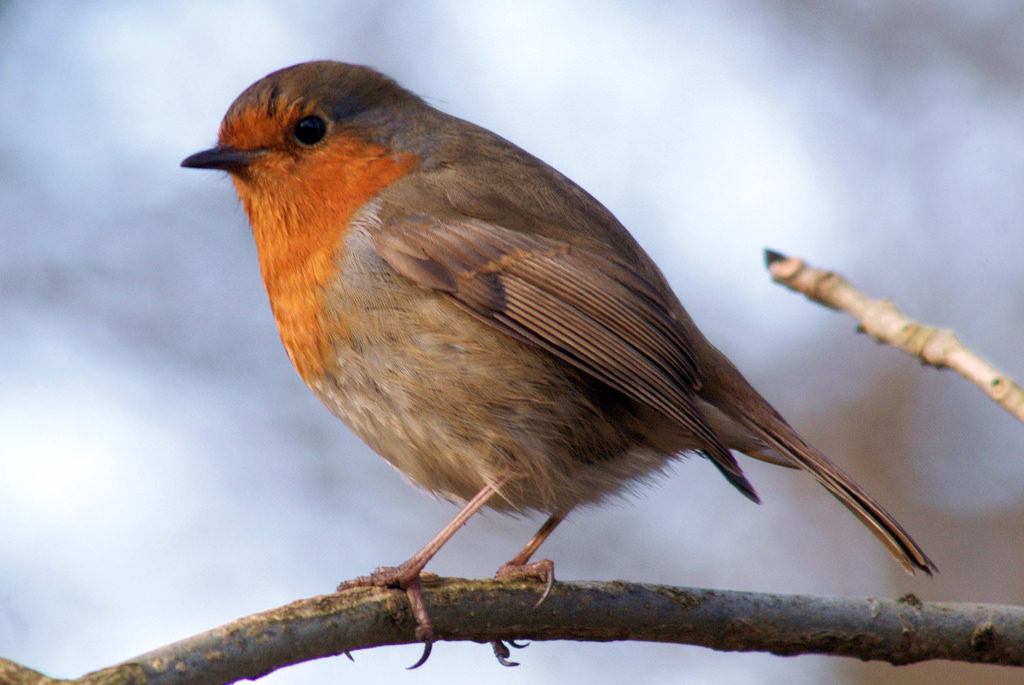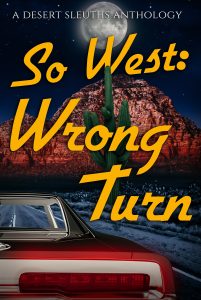Let’s take a look at The Cuckoo’s Calling by Robert Galbraith (pen name for J. K. Rowling) from a writer’s perspective (The discussion began here).
This post contains spoilers.
The Cuckoo’s Calling* by Robert Galbraith
Harry Potter author J. K. Rowling writes under the pseudonym Robert Galbraith for this series. She also wrote The Casual Vacancy, which is another title on The Bestseller Code list. This fact makes J.K. Rowling the only author with two novels in our Bestseller 100 reading challenge.
Summary: When a supermodel falls to her death, her brother doesn’t believe that it is suicide. He hires private investigator Cormoran Strike to find out the truth.
The Cuckoo’s Calling is the first in a series. The second is The Silkworm and third is Career of Evil. According to Rowling, the fourth is in the works (with the working title Lethal White). The series may extend to ten books.
The series has also been adapted for television by the BBC. (Caution: Don’t watch this trailer if you don’t want to see actors in the roles you’ve envisioned when you read the book.)
Character
J. K. Rowling rules when it comes to creating memorable characters. Each person is a distinctive individual. No clones in her books.
Some of the characters in this particular novel seem to be subtly (and not so subtly) named after birds. The cuckoo in the title is type of bird, as well as a pet nickname of the supermodel who falls to her death, Lula Landry.
The first major character we meet is Robin.

Photo credit: Gidzy via Visual hunt / CC BY
We’ll assume that’s a British robin. Although we meet her first, Robin fills the role of sidekick.
Private investigator Cormoran Strike is the protagonist. Search his first name and Google guesses we were looking for a cormorant (a water bird), although it is also the name of some obscure Cornish giant. His surname, Strike, is awfully close to shrike, which is another type of bird. Okay, maybe we’re stretching things, but is Wardle a warbler?
By the way, Lula is supposed to have been wearing angel’s wings during a photo shoot prior to her death, but they do look a lot like bird wings in the trailer for the show above.
Okay, that was a bit of fun.
Point of View
One of the uncommon aspects of the novel is J. K. Rowling’s use of the third-person omniscient perspective, but in a way that mimics third person limited. The abrupt changes from point of view (POV) one character to another would probably not fly with most writing critique groups these days, where true third person limited reigns supreme.
For example, on page 123 (in the paperback version), we have Robin’s POV in one paragraph.
By the time she had marched through the usual chaos and debris to Denmark Street, extracted the key from behind the cistern as instructed, and been snubbed yet again by a superior-sounding girl in Freddie Bestigui’s office, Robin was in a thoroughly bad temper.
With a faint wisp of transition, the next sentence we’re in Strike’s POV.
Though he did not know it, Strike was, at that very moment, passing the scene of the most romantic moments of Robin’s life. The steps below the statue of Eros were…
It was interesting to see how such a famous and prolific author handled the difficulty of following more than one character. In her hands, it was not as confusing as it could be.
Setting
The Cuckoo’s Calling is set in London and environs. Most of the setting is treated casually, as if described by someone who familiar with the place. This makes sense because Cormoran Strike is a local and he wouldn’t spend a lot of time describing his surroundings. Still, readers do get a sense of place as the characters visit pubs and struggle through a snowstorm or two.
General Discussion
As mysteries go, this one was satisfying one. There were plenty of potential suspects, red herrings, and the big reveal at the end was quite surprising. It moves at a good pace, giving readers a chance to accumulate and mull over clues.
For some of the less satisfying aspects of the novel, one has to wonder if J. K. Rowling added them intentionally because she was trying to sound as if she was a male writing his debut work. For example, Robin shows promise at first as a spunky assistant, but is soon relegated to discovering Strike’s backstory and giving Strike someone to bounce ideas off of. The rest of her time is spent in passive-aggressive battles with her controlling fiancé, Matthew, who seems to be included in the book solely to prevent Cormoran from wanting to have a relationship with her. (Cormoran had a fiancée who was much hotter than Robin, but they broke up.)
I liked that Cormoran was large, flabby, and had unruly hair. It made him unique. However, he didn’t seem to have any characteristics that would justify his luck in having intimate relationships with extraordinarily beautiful women/supermodels. He didn’t have wads of money, a particularly charismatic personality, or an outstanding talent. It seemed incongruous. Was that part of some debut-male-author disguise Rowling invented? (On the other hand, if he had been described like the actor Tom Burke, who plays him in the BBC series, I could have fully understood his success. Tom Burke has gorgeous eyes. )
Despite a few minor quibbles, The Cuckoo’s Calling is an enjoyable, entertaining novel overall. It definitely qualifies as one of the best of the bestsellers.
Have you read The Cuckoo’s Calling? We’d love to hear your thoughts.
Join us on social media:
- The Bestseller Code 100 Pinterest Page
- Twitter: #BestsellerCode100
- Facebook: Bestseller Code 100 Reading Group
- The full list is now posted on GoodReads
__________________
What are we reading next?
If you ever have questions about what we are reading next or when we’re starting the next discussion, check the 100 Book List tab in the navigation bar at the top of the blog. Links in the list go to the landing page from this blog where the discussion starts. However, this is an open-ended challenge so feel free to jump in with any of the books at any time.
The next book is number 75. The White Tiger by Aravind Adiga (2008) – Discussion begins October 16, 2017
Literary fiction, won the Man Booker Prize















